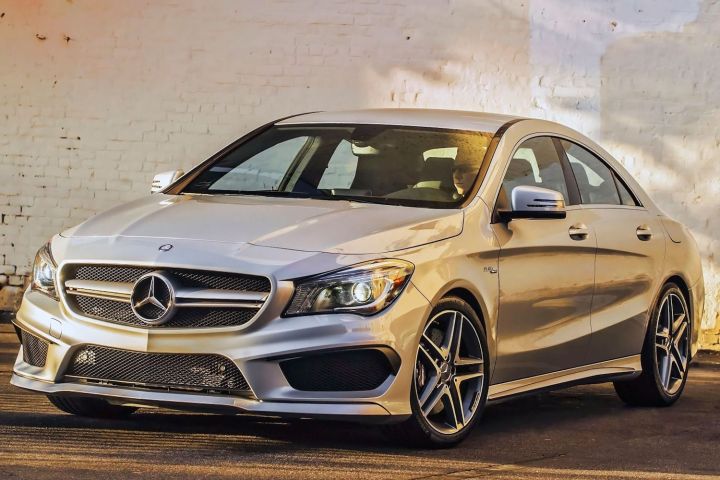
The CLC will be built on a long-wheelbase version of Mercedes-Benz’s C-Class and will adopt sporty styling and a roomy interior. The information on this particular model is fairly shallow, but it’s expected to gain at least one AMG version, which will use the German automaker’s new twin-turbocharged 4.0-liter V8 with over 500 horsepower and 500 pound-feet of torque. The new model isn’t due until 2020.
As Mercedes-Benz and BMW continue to swell their model ranges, crossover-coupe and four-door coupe vehicles have been selling well for both brands, prompting executives to approve more coupe-like designs.

Presently, Mercedes-Benz sells the entry-level CLA, which is based on the A-Class platform, and the CLS, which is based on the E-Class platform. Among its crossover offerings, the entry-level GLA has a steeply-raked roofline, the GLK-replacing GLC has adopted more coupe-like styling, and the new GLE Coupe is a full-blown crossover-coupe. It’s clear that the age of boxy, muscular styling is over (for now) among German luxury automakers.
Coupe designs are more aerodynamic and stylish than sharply-angled aesthetics, but they sacrifice headroom and cargo space. To balance tighter interiors, automakers have developed larger versions of each model with lowered seating positions to inject utility back into the equation.
There’s a good chance that BMW, Mercedes-Benz, and perhaps even Audi will have four-door coupe and cross-coupe models developed on each of their scalable vehicle platforms within the next five years. These may eat into the sales of more traditional models, but as long as consumers keep buying, luxury auto brands will keep building.
Editors' Recommendations
- Mercedes-Benz GLC-Class takes a subtle approach to tech
- In latest prank, BMW ribs Mercedes-Benz with a Halloween joke
- The 2020 Mercedes-Benz GLB is a junior G-Class with room for six of your friends
- Horsepower, tech, or cubic feet? Have all three in the BMW 8 Series Gran Coupe


